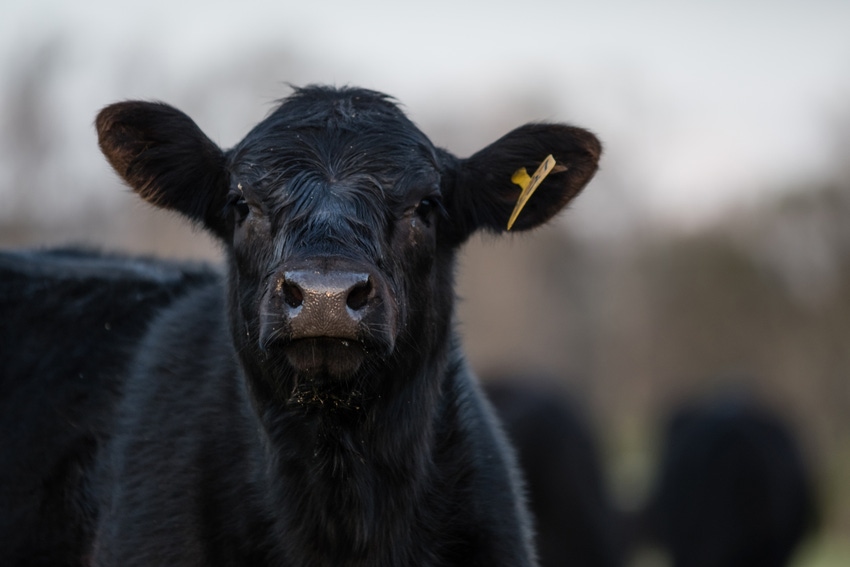Height in humans genetically similar to cattle
In animal breeding, human genome-wide association study results can be used to prioritize candidate genes for economic traits.
October 28, 2020

There is a strong evidence for similarity in the biology of height across humans and cattle, as 39% of the genes associated with height in cattle were also found to be associated with height in humans, according to research conducted by Wageningen University & Research (WUR) in the Netherlands.
According to WUR, current estimates are that humans and cattle separated more than 90 million years ago. Given such a long time of separation, it is interesting to know the extent to which genetic architecture and biology for complex traits is still shared among species, WUR said.
As part of the Breed4food TOPBREED project, researchers investigated the similarity in the genetic architecture of height between humans and cattle. They also investigated the usefulness of summary-level result from the largest human height genome-wide association study (GWAS) to date as prior information for identifying genes and variants that affect height in cattle.
The results suggest that human height GWAS results can be useful in identifying cattle height genes and associated variants, but only when cattle height GWAS results are either not available or poor, WUR said.
The study presents an approach for utilizing publicly available GWAS data on human complex traits -- where experimental sample sizes are very large -- to aid in identifying genes that affect equivalent traits in other mammalian species, WUR noted.
These results may be of interest to researchers in the fields of human complex trait genetics, evolutionary and comparative genomics and animal breeding. For example, candidate genes for human complex traits can be validated by investigating if the same genes also affect the same trait in a different species.
In animal breeding, the researchers said human GWAS results can be used to prioritize candidate genes for economic traits, especially in populations with limited sample sizes or for traits that are difficult or expensive to measure.
The appropriate modeling of variants nearby the prioritized genes can improve the accuracy of genomic prediction, WUR added.
More information is available in the journal article.
You May Also Like



